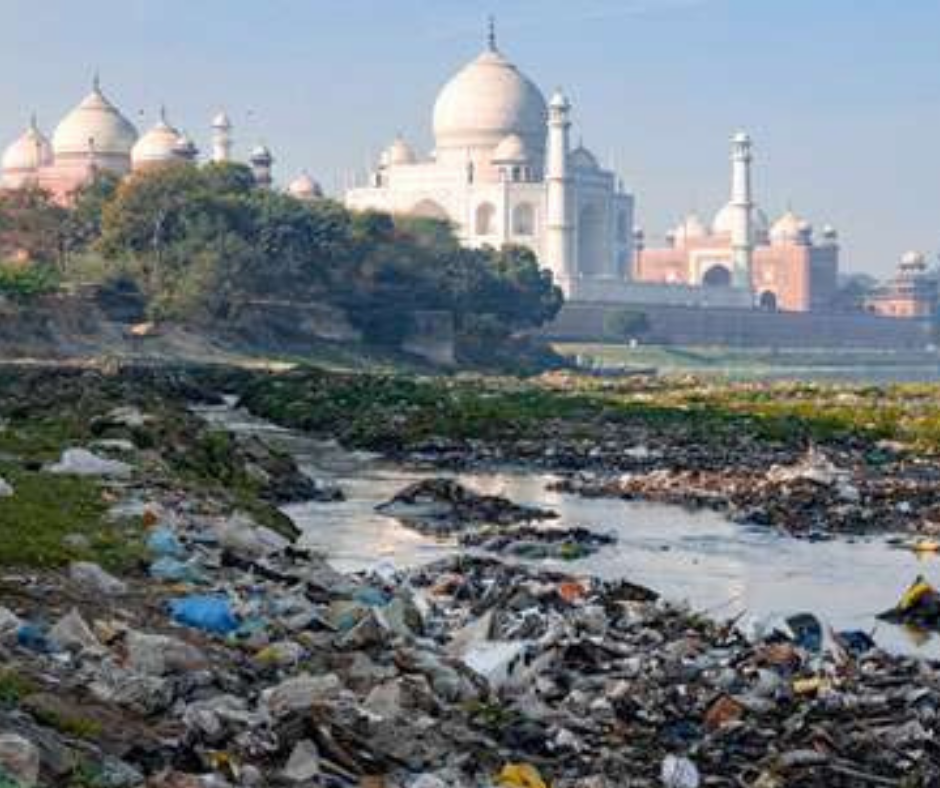India today is desperately in need of answers to resolve its water crisis. The country faces a critical challenge is improve the productivity of drinking fresh water. No socio-economic development or even political stability will ever be possible without ensuring uninterrupted supply of quality potable water. It is therefore clear that river rejuvenation will need to be distributed across the country. In other words, we will need to capture rain water, where it falls, over vast parts of the country so that we can provide local water security and recharge every well. Present study examines the presence of water resources in India from two perspectives: pollution in the river basins and need of river rejuvenation work implemented in India. This is based on river rejuvenation needed in India and water resources affected by dumping many sources and types of pollutions in River basins.
River rejuvenation is an effort aimed at restoring poor health of overexploited and polluted rivers. It requires an understanding of the causes for the poor health and the restoration efforts from source to sink (ICFR, 2014). Depending on the level of deterioration, river rejuvenation aims at a new sustainable healthy river ecosystem. This can also be achieved by restoring the river health back to an accepted historical state of the river. Avoiding direct entry of domestic sewage and industrial effluents into the river will certainly improve the river health. But flow of a river is its identity and the most significant variable of a river system. Besides performing various functions, it gives self cleaning and healing powers to a river. Thus, the river rejuvenation broadly calls for optimal fresh water flow through the river system during different seasons

